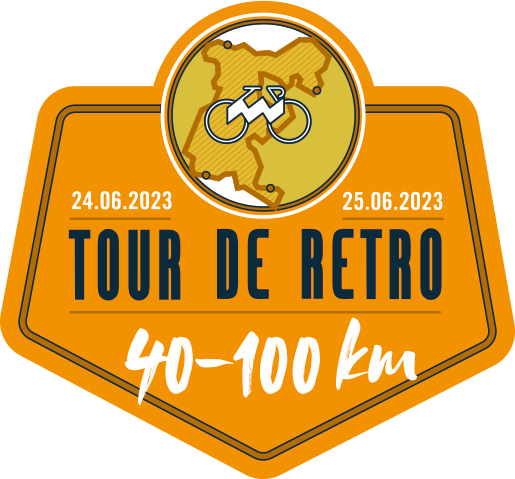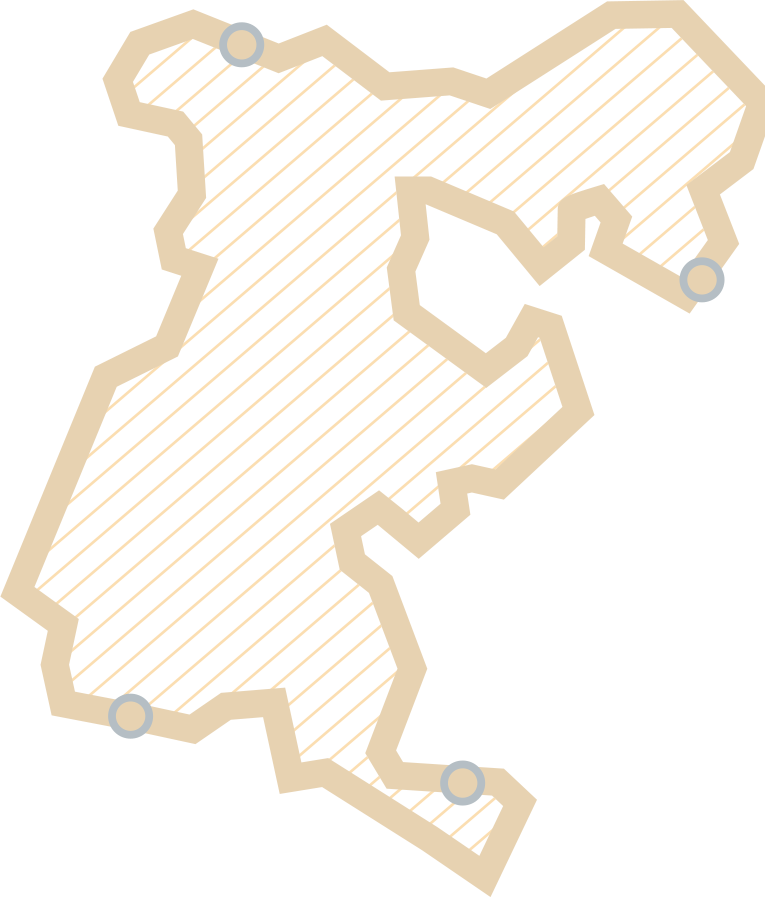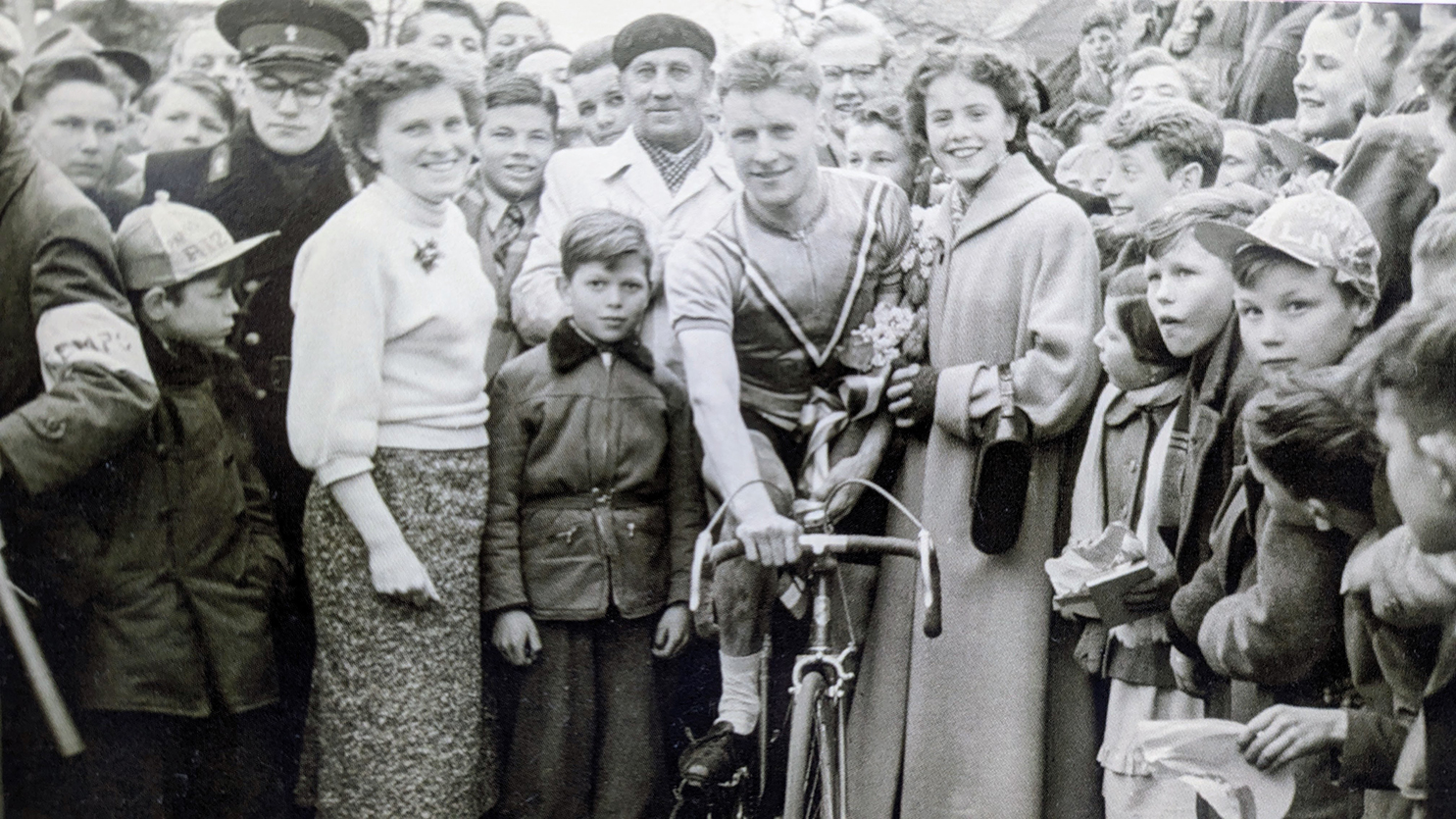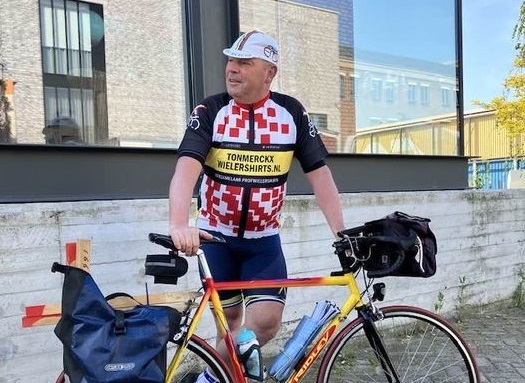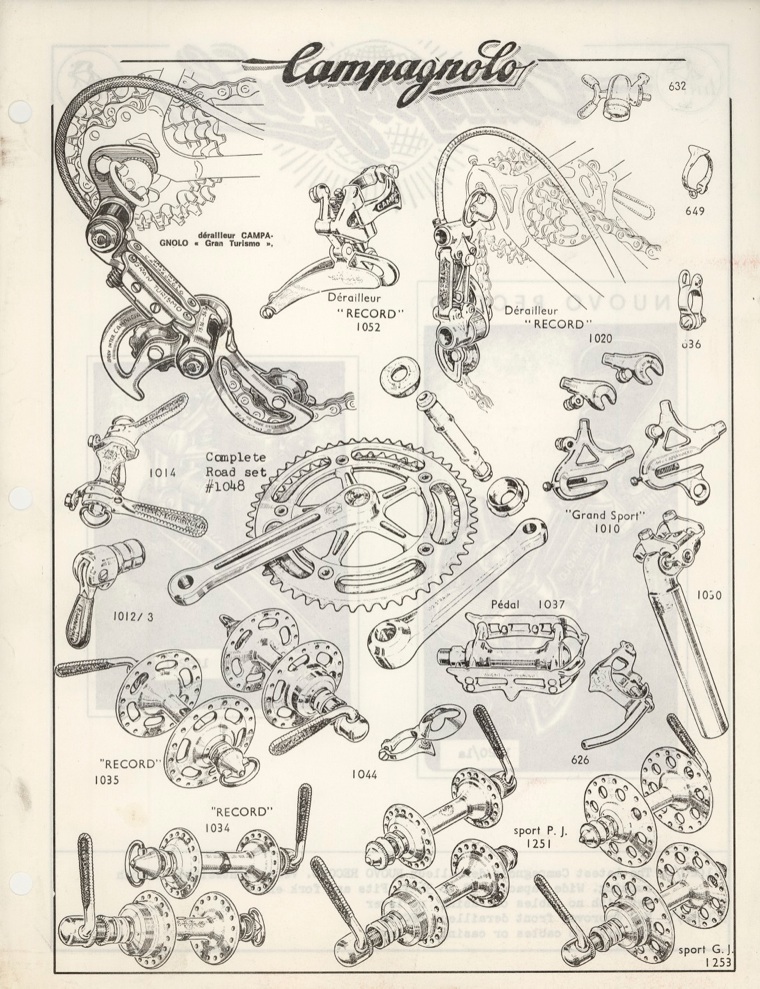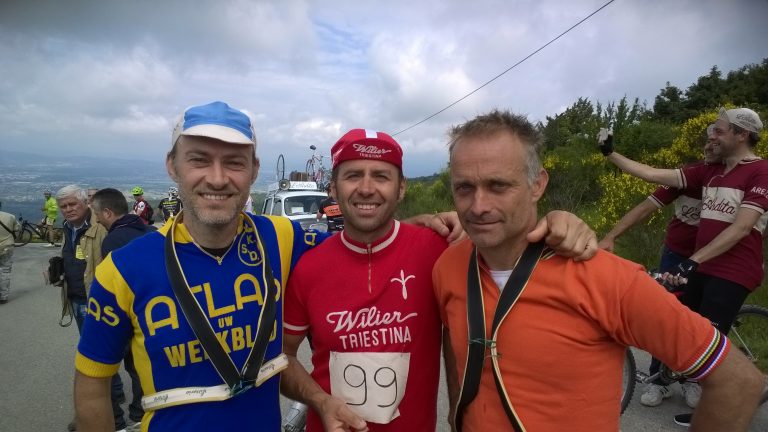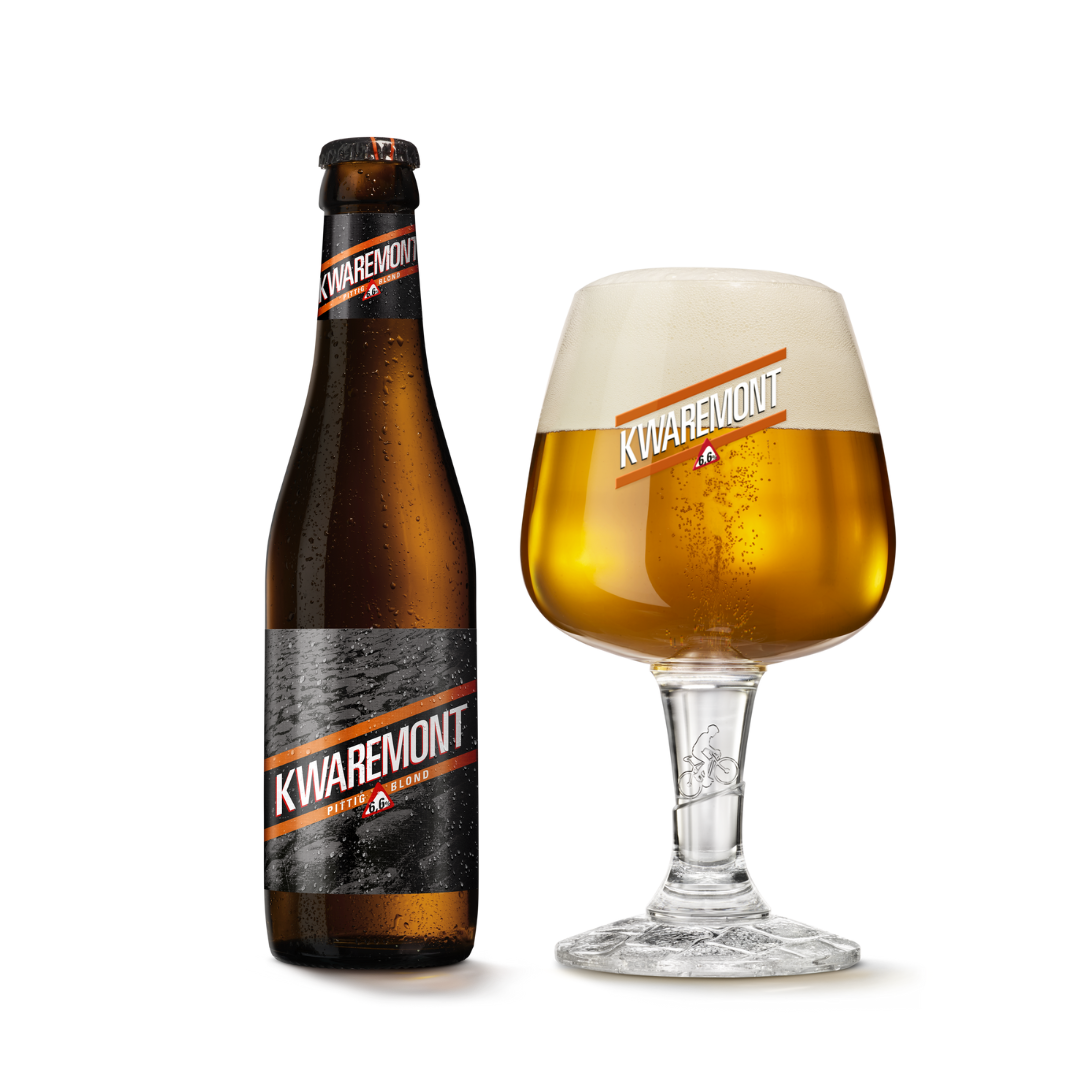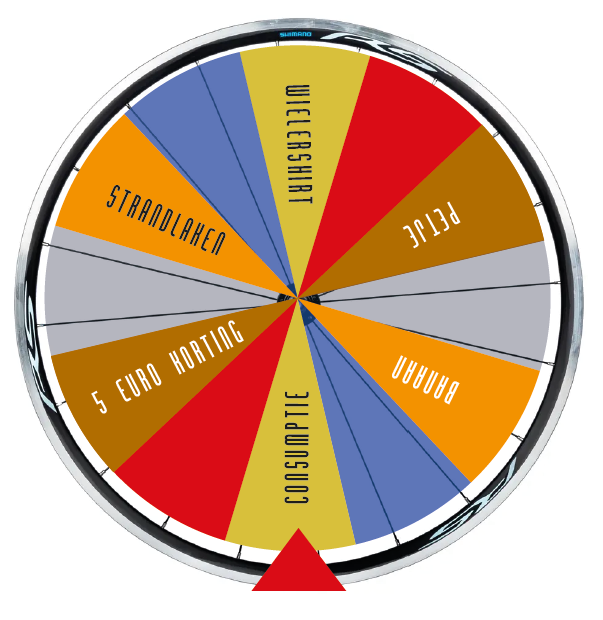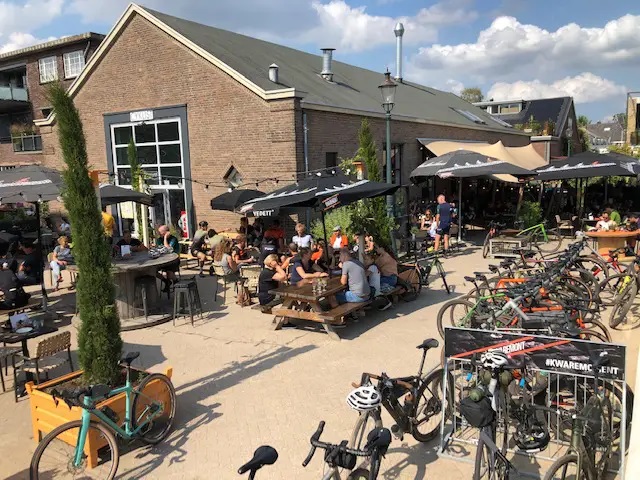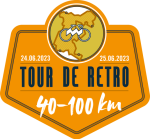The Eindhoven region has a rich cycling history. Cycling was very popular here from 1886 to the early 1900s. The source for this blog is the books 'Cycling mirror of the Kempen' by Piet Gijsbers – many kilos of special extensive information about the regional cycling history.
1886 – De Speed, the first cycling club in Brabant
The oldest vicissitudes of cycling in the Brainport region can be traced back to Eindhoven itself. Cycling association De Speed was founded there in 1886.
The foundation of the first Brabant velocipède club The speed will take place in café-restaurant Diligence van Mr Sloot on the Stationsplein in Eindhoven, where the Schimmelpenninck hotel will later be located. It is mainly people from Eindhoven who are the most famous riders, Michiel Aertnijs and H. van Stekelenborg, sons of a general practitioner and a wine merchant respectively. But members such as the Zeelst brewer W. Baselmans and the Walloon notary and mayor's son J. de Vries also come from the well-to-do bourgeoisie from the Eindhoven region. At that time it was still mainly an elite sport, because the purchase of a bicycle costs a small amount of money. Every first Sunday of the month, the members of De Speed take a ride through the area. The road 'captain' is in front and all in club uniform: a vest (a kind of jacket), shorts, a red and white striped jersey and a flat cap. The club's bugler alerts the inhabitants of the villages to be visited to the approach of the group of cyclists.
The speed was the driving force behind cycling in the Eindhoven region. Many other clubs followed in Woensel, Stratum and Tongelre. When the Noord-Brabantsche Wielwielerskring was founded in the same year with board members J. Rijser, J. Brüning and M. Aertnijs, all three members of De Speed, the first Eindhoven association disappeared from view. The newly founded cycling club The Kring joins the ANWB, which stimulates the construction of cycle paths and also takes care of (amateur) cycling. In 1893, the Meierijsche Cyclists' Circle established for five years. The MWK strives for clubhouses in various municipalities and organizes club trips, including to Budel, where all clubhouses were visited along the way. There, the local harmonies add to the festivities. The meetings are often concluded with a speech and a concert.
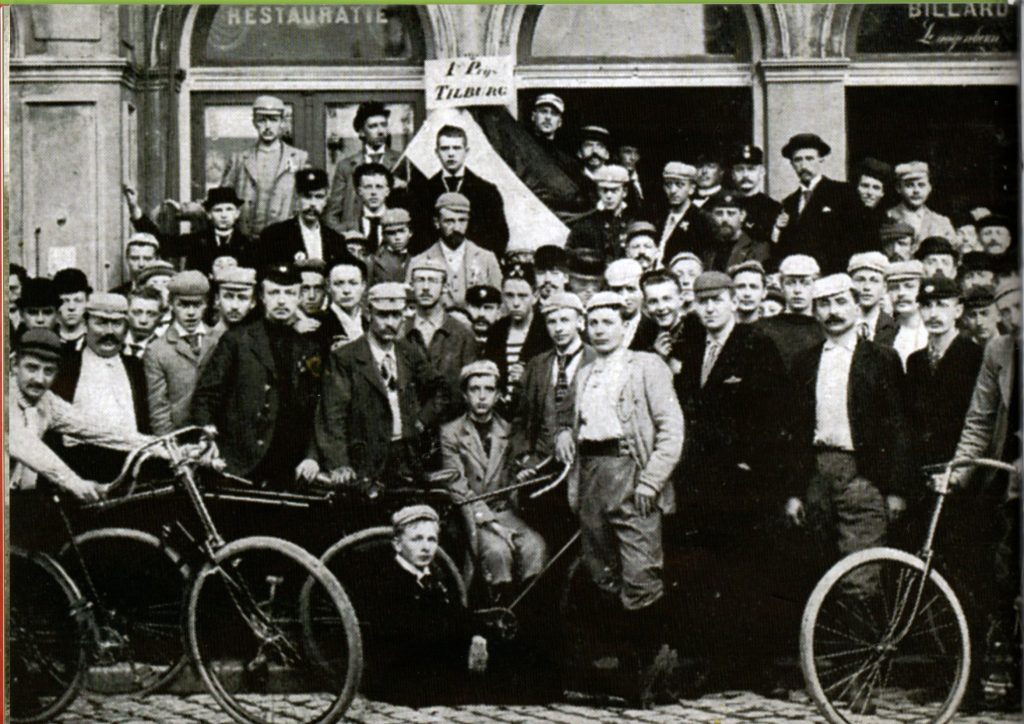
1895 – Cyclists of the Eindhoven association Meierijsche Wielwielerskring in front of cafe'-restaurant-billard Dilligence in Eindhoven celebrate winning the 1st prize in a competition in Tilburg
From 1898, numerous associations were also founded in the vicinity of Eindhoven, such as:
- For Orange and the Netherlands (1898) in Heeze
- Budilio (1898) in Budel
- Velocitas (1899) in Hilvarenbeek
- The Woenselse Cycling Club (1900) in Woensel
- The Sparrowhawk (1900) in Stratum
- Progress in Tongelre
- The chain walkers in Veldhoven
- The carrier pigeon in Waalre
- The Valk (1901) in Valkenswaard,
- De Zwaluw (1902) in Zeelst/Meerveldhoven
- The Snelvaarders (1902) in Westerhoven
- The Kempische Wielerclub (1903) in Borkel en Schaft
- Progress (1904) in Oerle
- The Sports Brothers (1905) in Hoogeloon
- The Swallow (1906) in Bergeyk
- Jaap Eden, soon renamed Bladella (1906) in Bladel
- Prince Hendrik (1906) in Hapert
- The Flying Hope (1907) in Veldhoven
The competitions attract a large crowd, in 1901 there is such a crowd at the finish of a Woensel competition that the local constable cannot control the influx of enthusiastic spectators. This causes a crash at the finish in which the Helmond rider Piet van Parderen dies. This incident resulted in the provincial government of North Brabant prohibiting cycling races on provincial roads. An amendment to the Motorcycle and Bicycle Act in 1905 banned city-to-city road races, so that the emphasis shifted even more to tours, gymkhana races and velodromes. Until 1930, competitions may only be held on public roads with government dispensation.
Three wooden cycling tracks in Eindhoven
After 1910, the velodrome became more and more popular. New associations are emerging that are building the first sand courts. In Woensel (1911) comes De Potlepel from the association Traplust. Sand courts will also be built in Gestel (1912, by De Jeugdige Sportbroeders) and in Tongelre (by Trappen met Lust). That van Gestel is called De Grelouw, named after the owners De Greef and Louwers. In Strijp, De Vrolijke Trappers even had a removable wooden track in 1909, which was destroyed by a fire at Christmas 1912. At the opening of the new wooden track in 1913, 2,500 spectators are present.
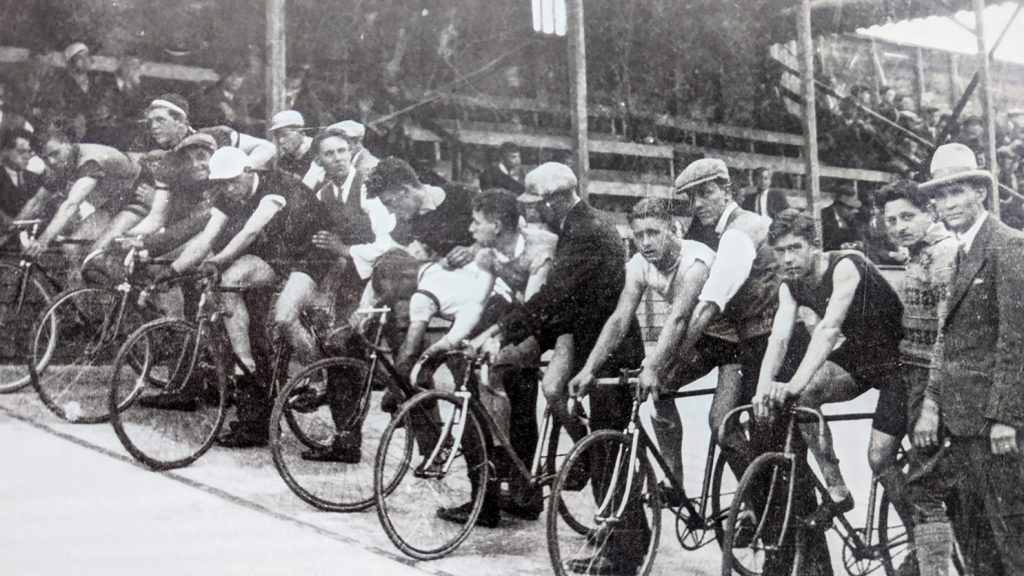
1930 – wooden track De Zwaluw in Gestel
The cycling clubs Het Zuiden and Wilhelmina are working hard with riders such as Willem Berkvens, Graad Vlemmix, Frans Waterreus, Toon Duffhuis, Frans van Rooij, Frans van den Broek and Jac Gramser. Track cycling in particular occupies an important place. After the De Potlepel track in Woensel (1911) and sand tracks in Tongelre and Gestel (De Grelouw) in 1912, a wooden track was constructed at De IJzeren Man in 1921. Just before the Second World War, there were even three wooden cycling tracks in Eindhoven: in Gestel De Zwaluw, in Woensel 't Hert and De Jordaens. After the war, those jobs disappeared as fuel wood in the stoves, Het Zuiden and Wilhelmina operated the cinder track at the PSV sports park for a few years. There, Wim Dielissen, Hans Dekkers, Jan Plantaz, Martien Cuijten and Toon van Elderen compete for the highest honor against riders from the west of the country.
Cycling races on the exercise bike of café de Tramhalte
Before the First World War, competitions on an exercise bike were popular. Frans Bijnen, the innkeeper of café de Tramhalte in Veldhoven, buys an exercise bike in Handel in April 1910, which is used for competitions in a café there. The competition setup is simple, everyone can take a chance to show off for three minutes with the intention of covering as much distance as possible. F. Roothans from Veldhoven comes up to 2,500 meters. There are attractive prizes to be won, such as a new bicycle and watches, and participants from all over Brabant register. C. van der Heijden from Reusel covers 2,700 meters in 3 minutes, the record holder in 1911 is P. Sleegers from Someren with 3,600 meters in 3 minutes.
Gymkhana competitions
In gymkhana competitions, participants had to perform various agility exercises on the bicycle. For example, jumping over high obstacles by bike, riding through narrow passages and making sharp turns at high speed. Also playing as ring stings and bird pecking were regular jabs. In June 1908 De Vliegende Hoop from Veldhoven won the 1st prize in the ring stabbing during a competition in Bladel. In June 1910 De Vliegende Hoop again won the 1st prize in the ring-stitching during a competition organized by cycling club De Zwaluw in Bergeijk, in which 33 clubs participated

